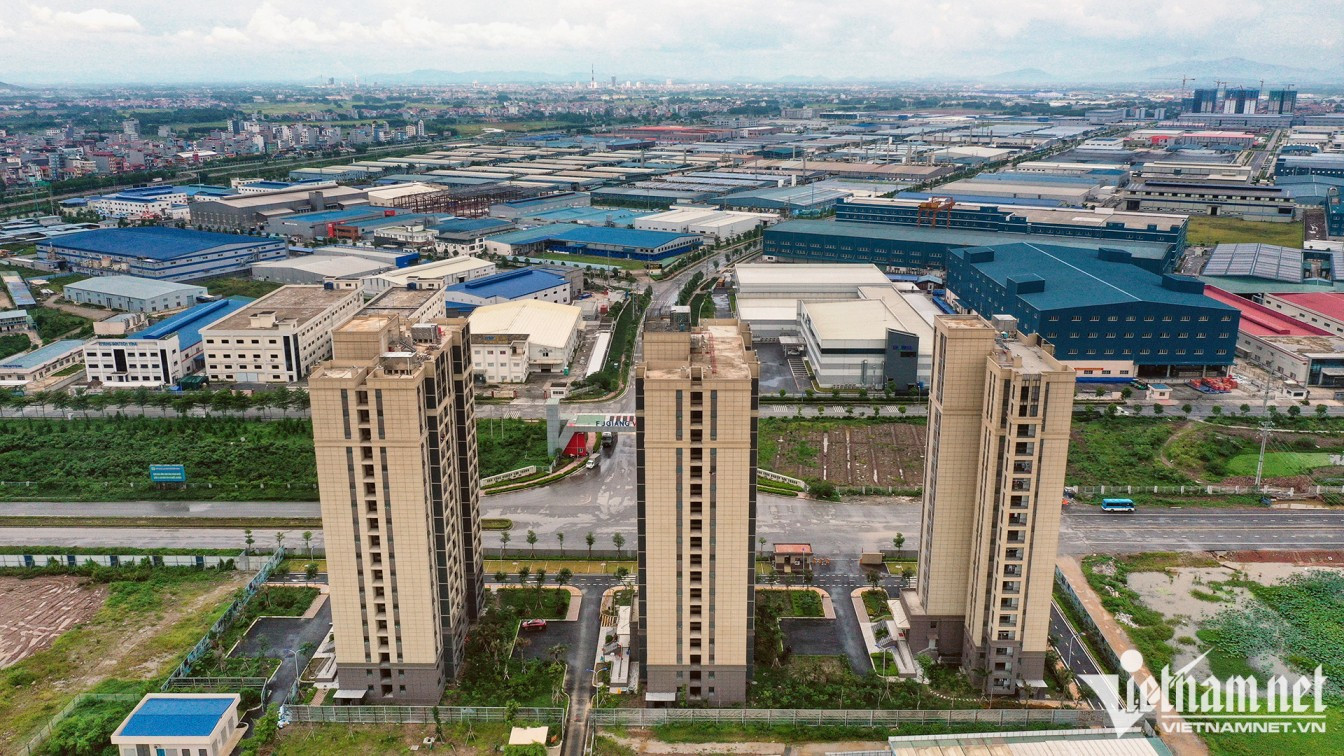
The Vietnam Rubber Group (VRG) said the group expects to earn a revenue growth rate of 30 percent by 2025 and profit growth rate of 20 percent to VND162 trillion and VND34.4 trillion, respectively, or VND6.9 trillion a year.
VRG is undergoing restructuring and focusing its business on industrial zone development with its abundant holdings of land.
VRG is now managing 492,000 hectares of land for rubber growing, both in Vietnam and overseas, including 342,000 hectares in Vietnam, mostly in the southeastern region and Central Highlands.
Under its industrial real estate strategy in 2021-2030, VRG plans to set up 39,000 hectares of IZs from rubber growing land, including 48 IZs (37,400 hectares) and 28 industrial clusters (1,800 hectares).
At present, new projects such as the expansion of Nam Tan Uyen, An Dien and Minh Hung III Industrial Zones (IZs) are under implementation and VRG is following legal procedures for investment.
The industrial real estate market in Vietnam has been growing very rapidly. This business field is attracting the attention of domestic investors, especially as Vietnam is expected to become an international production base thanks to its macroeconomic stability, high economic openness and high import/export figures (200 percent of GDP).
The geopolitical conflicts in many places in the world and the US-China trade war since 2018 have brought high hopes to Vietnam.
Analysts say they have seen signs of a new foreign direct investment (FDI) wave in Vietnam recently.
According to HSBC, of ASEAN countries, Vietnam is outstanding in terms of attracting FDI, especially in the field of electronics, despite FDI decline around the world in the Covid-19 period.
Over the last 20 years, Samsung has invested $18 billion in Vietnam, turning the country into one of its important production bases.
Intel and Apple have also entered Vietnam. After mass production of AirPods in 2020, Apple signed an memorandum of understanding (MOU) worth $300 million with KBC, the IZ developer owned by Dang Thanh Tam, to expand the production facility in Bac Giang.
Tam believes there will be a big cash flow from the US to Vietnam in the time to come, both in FDI and foreign portfolio investment.
He predicted that at least $10 billion worth of investment from the US will flow to Vietnam in the next three years.
While veteran industrial real estate developers such as Kinh Bac are developing their core business fields by establishing new IZs and expanding existing IZs in the country, newcomers, including large corporations with powerful financial capability, have also begun pouring money into the business field.
At the Annual General Meeting of Shareholders, Pham Nhat Vuong, president of Vingroup, praised the potential in industrial real estate, predicting that it will become the major field of Vinhomes (the real estate developer under Vingroup) in the future.
Vinhomes IZ recently raised its charter capital to VND18.5 trillion, a move showing its strong determination to develop industrial real estate. Prior to that, Vinhomes said it would build IZs in Thuy Nguyen and Hai Phong.
At present, Vinhomes is managing a 335 hectare IZ at Dinh Vu IZ in Cat Hai, Hai Phong, where its automobile manufacturing factory is located.
Many industrial real estate development companies have reported good business results for Q2 2022. Idico (IDC) reported a net revenue increase of 2.6 times compared with the same period last year, to VND3.3 trillion, and a post-tax profit increase of 6 times, to VND1.4 trillion, thanks to a number of projects, such as Nhon Trach 5 IZ, Phu My 2 and expanded Phu My 2.
Meanwhile, Becamex IDC (BCM) reported a post-tax profit increase of 90 percent to VND980 billion in Q2, and Sonadezi IZ Development (SNZ) reported a net profit growth rate of 36 percent to VND250 billion.
Duy Anh